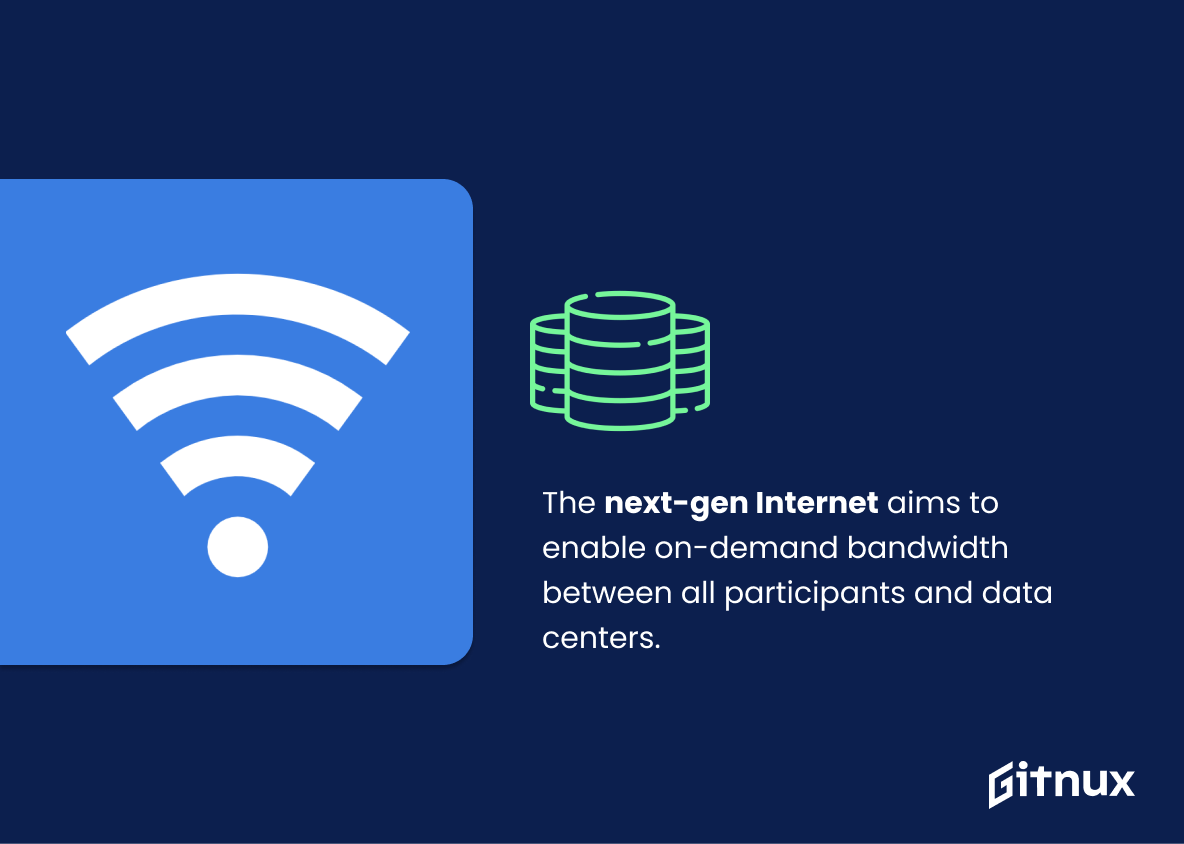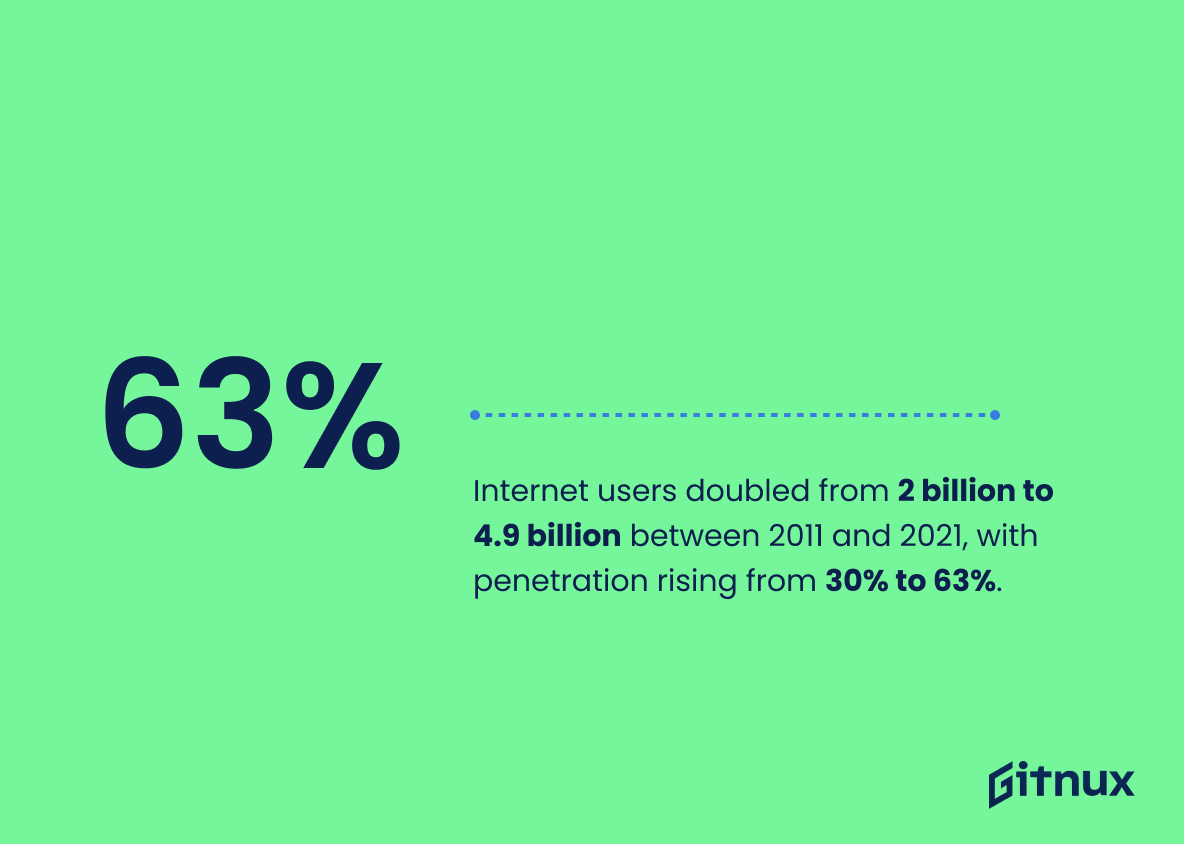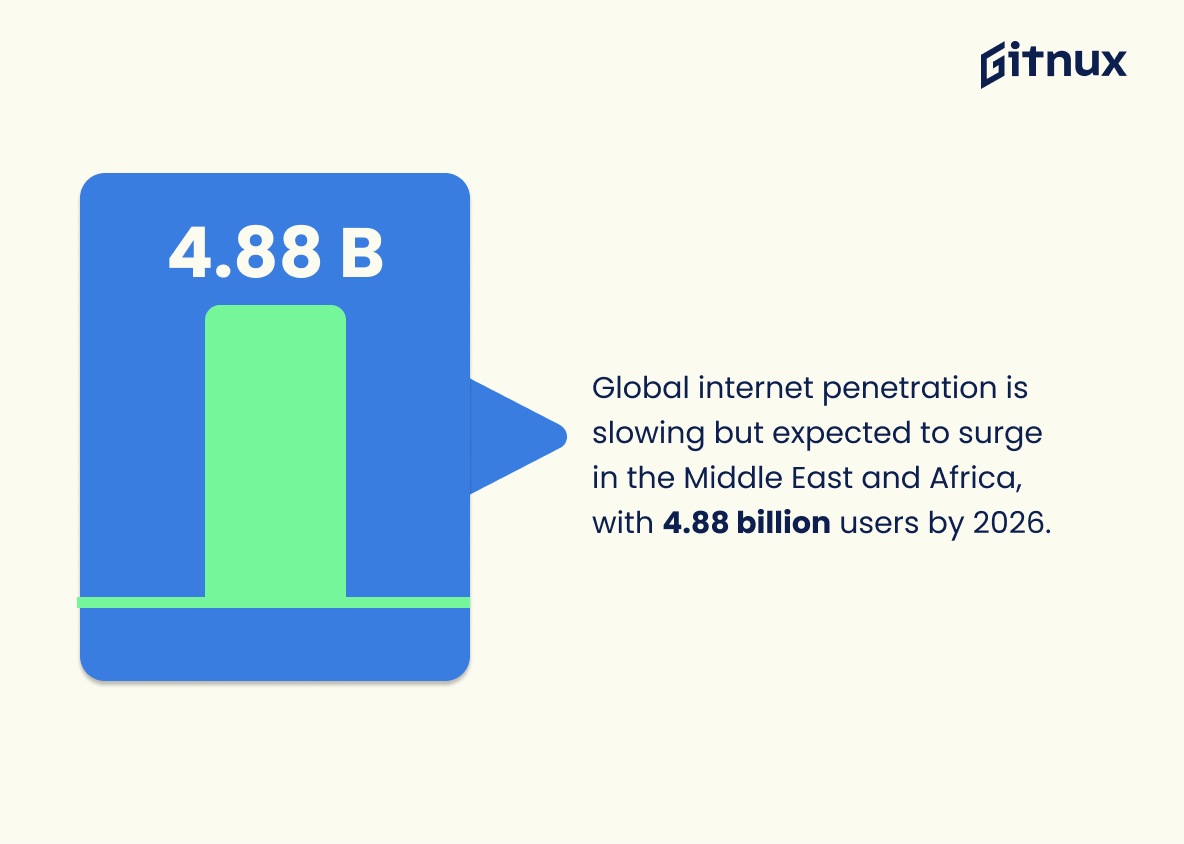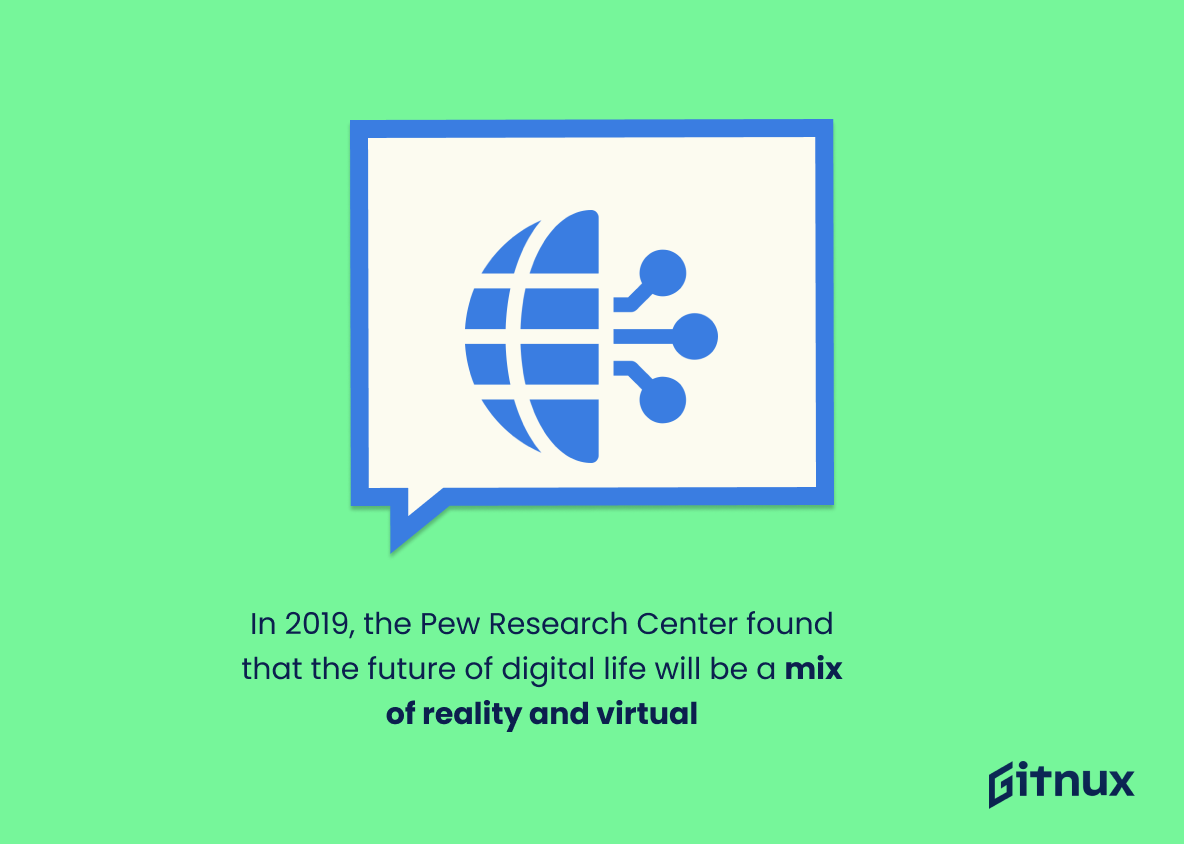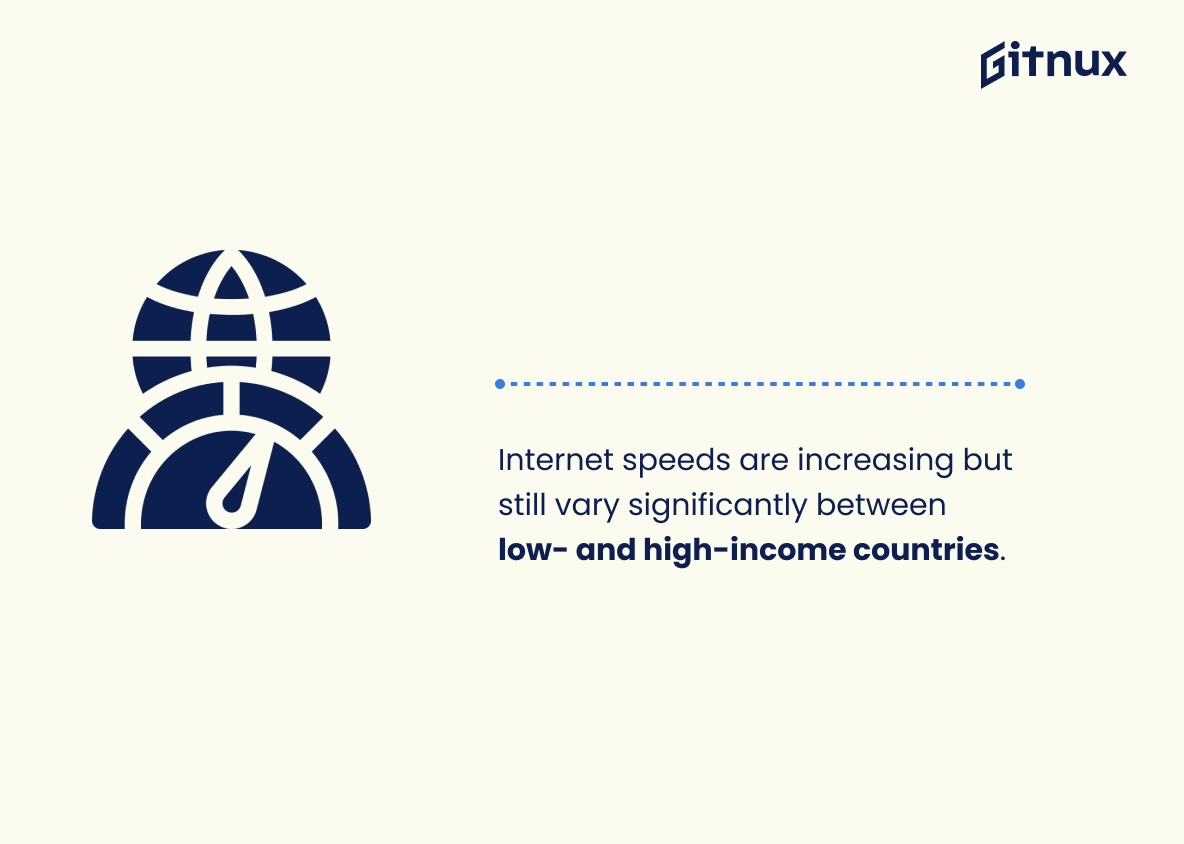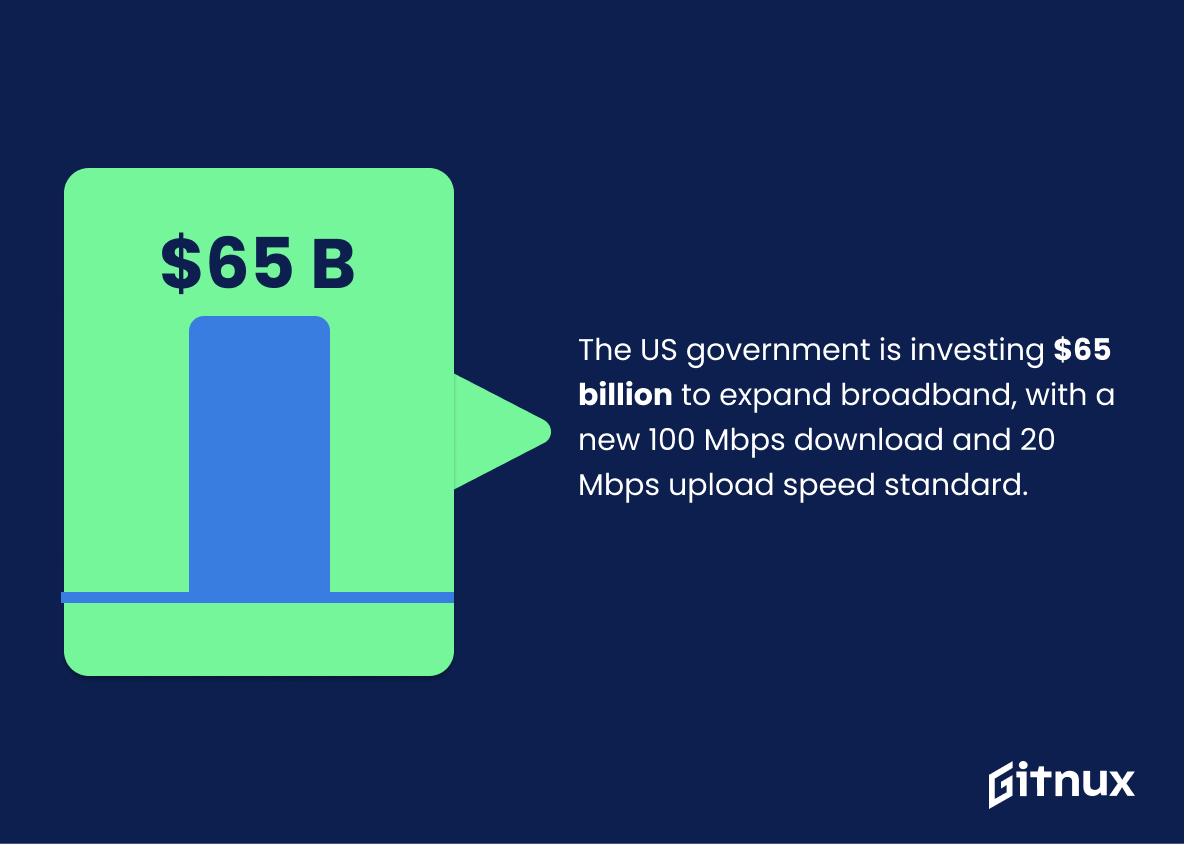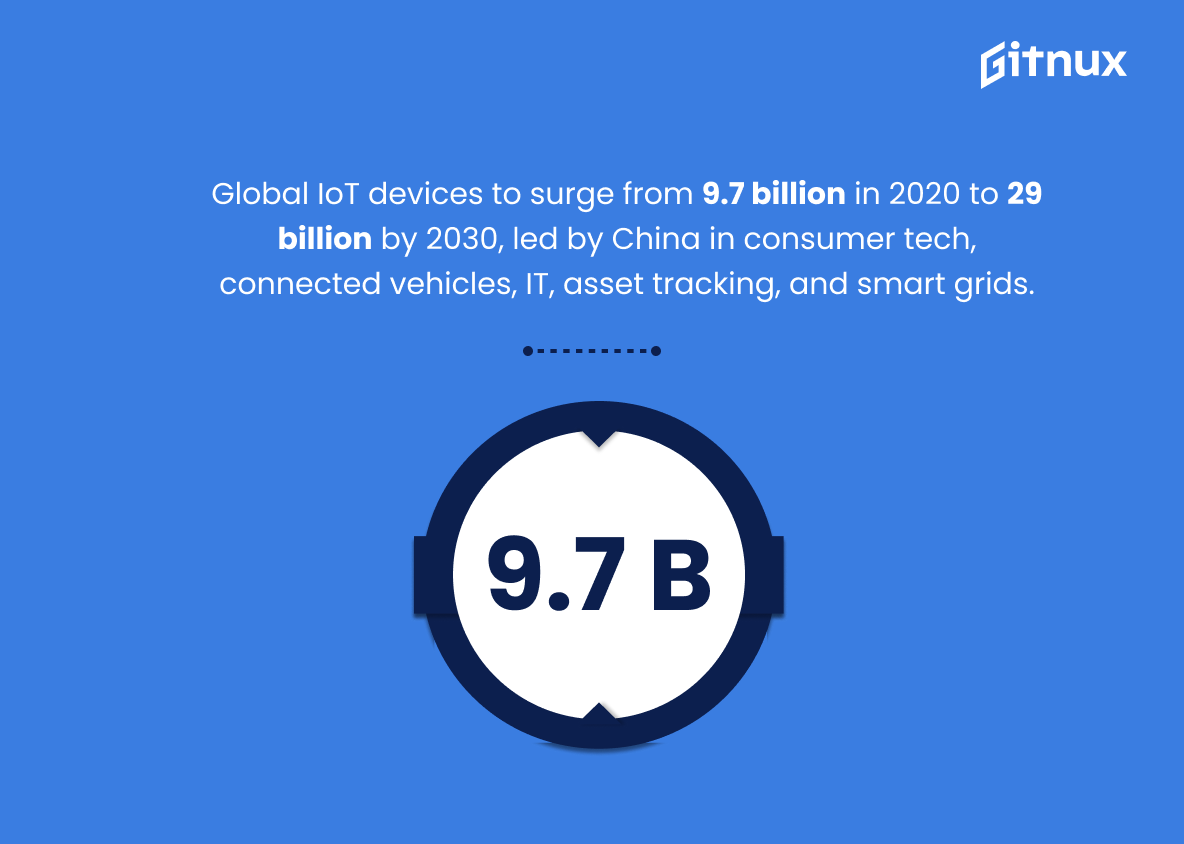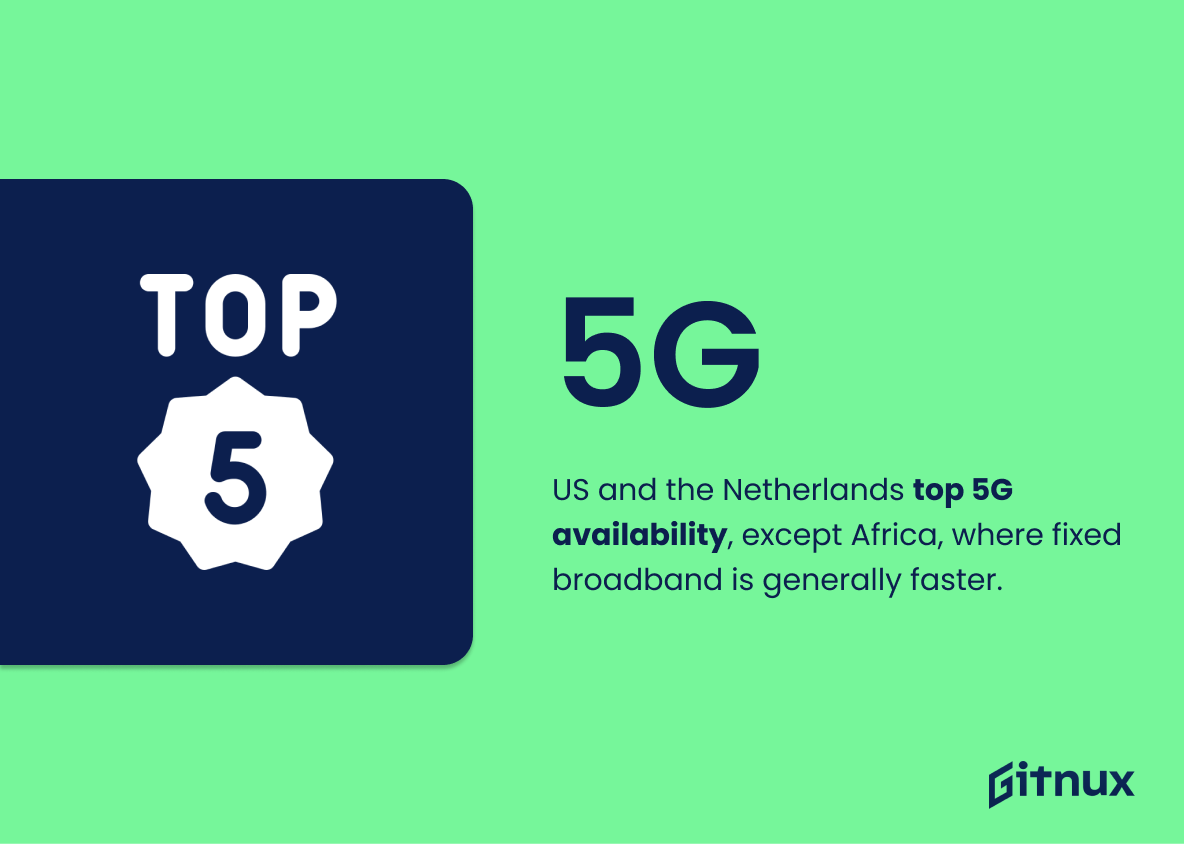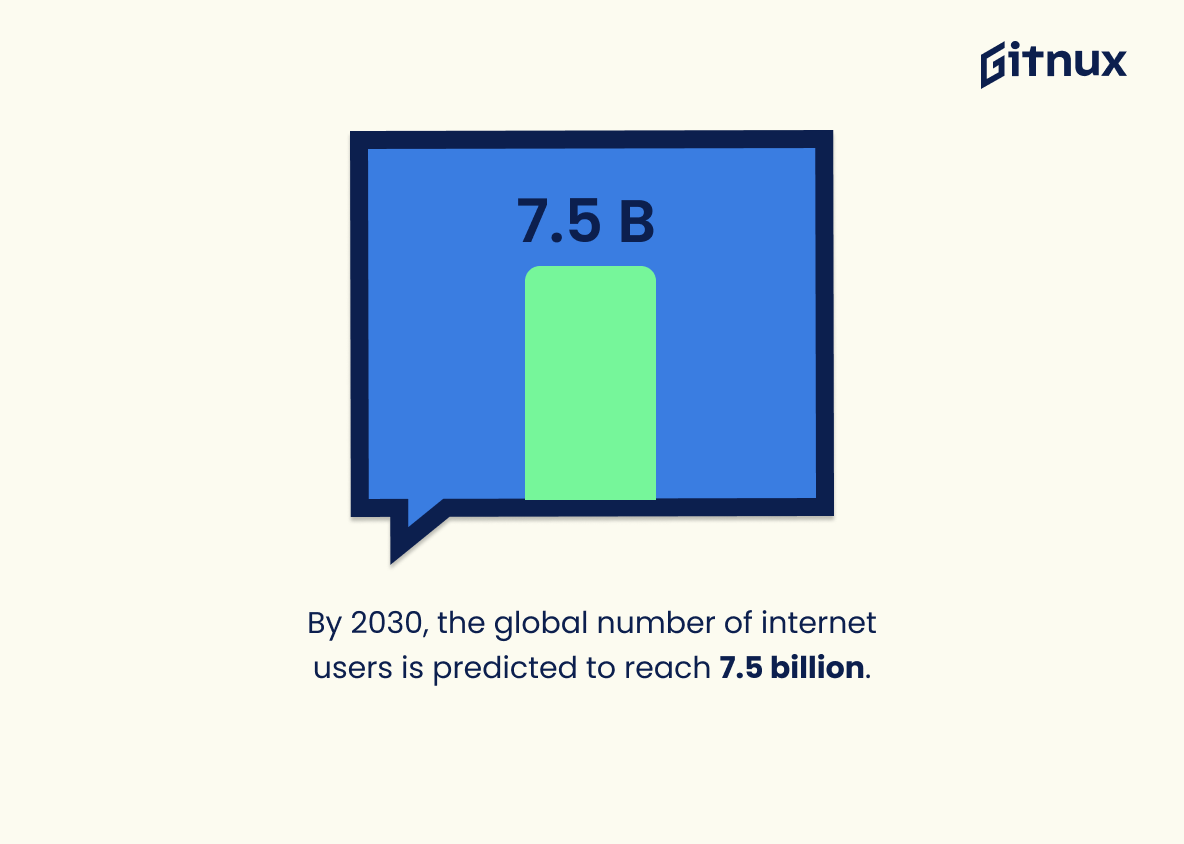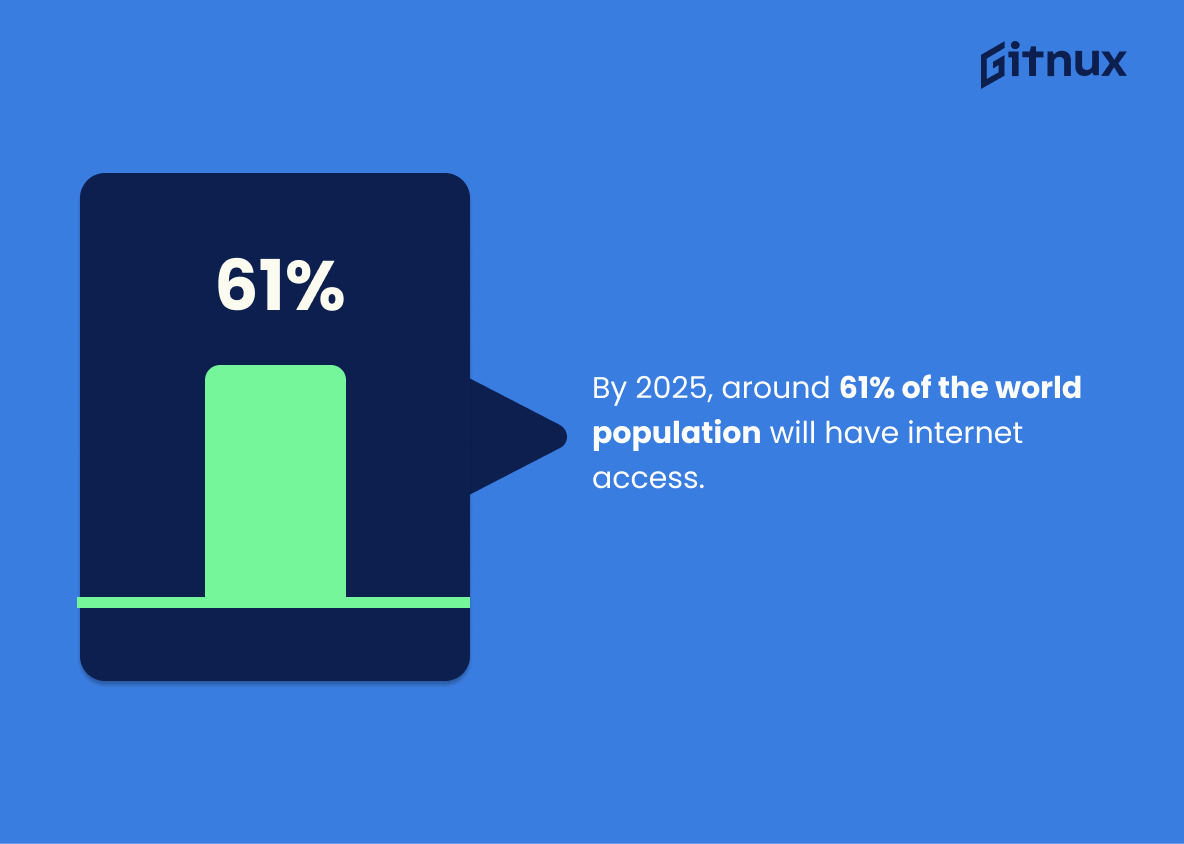The internet is an ever-evolving technology that has revolutionized our lives in countless ways. As the internet continues to evolve, so do the future of internet connectivity statistics that measure its use and impact. In this blog post, we will explore the future of internet connectivity statistics and the implications they have for our lives.
We will look at the current trends in internet usage, the expected growth in the coming years, and the potential implications for businesses and individuals. We will also discuss the importance of understanding these statistics and how they can be used to inform decisions about technology and the internet.
Check out our latest Internet Usage Statistics
Future of Internet Connectivity: The Most Important Statistics
In 2019, the Pew Research Center found that the future of digital life will be a mix of reality and virtual.
The percentage of Americans working from home has grown from 15% to 50%, leading to an increase in the use of collaboration platforms like Microsoft Teams.
Future of Internet Connectivity: Statistics Overview
The goal of the next generation of the Internet is to enable any desired bandwidth spontaneously between any and all participants or data centers.
This information highlights the importance of interconnection in the technologies of the future, such as artificial intelligence and virtual reality.
Another goal is to facilitate the free flow of data between any and all participants or data centers, which is essential for the development of these technologies.
This statistic is a reminder of the importance of interconnection in the future of the Internet.
The number of people connected to the Internet has more than doubled from 2011 to 2021, increasing from 2 billion to 4.9 billion, and Internet penetration has increased from 30% to 63%.
It demonstrates the rapid growth of the Internet and its increasing accessibility to people around the world.
This growth has enabled new technologies such as 5G and virtualization to emerge, which have the potential to revolutionize the way people access and use the Internet.
Internet penetration is slowing overall, but is expected to grow the fastest in the Middle East and Africa, with 4.88 billion users worldwide in 2026. This shows the potential for growth in the Middle East and Africa, where there is the most room for growth.
It also shows the overall trend of slowing growth in internet penetration, which will help inform decisions about how to best allocate resources to ensure that internet access is available to as many people as possible.
The percentage of Americans working from home has grown from 15% to 50%, leading to an increase in the use of collaboration platforms like Microsoft Teams. This statistic shows the increasing reliance on the internet for work and communication.
This shift to remote work has caused an increase in the use of collaboration platforms, which has implications for the future of internet connectivity. As businesses adapt to the changing landscape, data from online interactions will become increasingly important for understanding customer needs.
Network automation promises to increase the efficiency of network engineers and organizations, as well as provide greater throughput and reliability with Wi-Fi 6.
This information highlights the potential of network automation and Wi-Fi 6 to improve the efficiency of network engineers and organizations, as well as provide greater throughput and reliability. This is influential for organizations to understand in order to make informed decisions about their internet connectivity and ensure they are utilizing the most efficient and reliable technologies available.
In 2019, the Pew Research Center found that the future of digital life will be a mix of reality and virtual, with information displayed in the air, and the potential for technology to be used for bettering the human condition.
It highlights the potential of technology to be used for good, as well as the potential for misuse. It also emphasizes the importance of understanding the implications of the digital world, and how it will shape the future of connectivity.
Internet speeds are increasing rapidly, but there is still a significant disparity between low- and high-income countries in terms of speed and availability.
This matters because it highlights the need for more reliable data to better understand the current state of internet connectivity and how it can be improved in the future. This data can then be used to inform policy decisions and investments that can help bridge the gap between low- and high-income countries in terms of internet access.
The federal government is investing $65 billion in broadband funding, setting a new record for internet access expansion in the US and establishing a new minimum requirement of 100 Mbps download and 20 Mbps upload.
This investment in broadband funding is important because it will help expand internet access in the US, which is essential for people to stay connected and access resources. It also sets a new minimum requirement for broadband service, which could be adopted by the FCC in the future. This could lead to improved internet speeds and better connectivity for people across the country.
The number of IoT devices worldwide is projected to increase from 9.7 billion in 2020 to 29 billion in 2030. The highest number of devices can be found in China and the most essential use cases being consumer internet & media devices, connected vehicles, IT infrastructure, asset tracking & monitoring, and smart grid.
This statistic shows the rapid growth of IoT devices, which will have a major impact on the way people connect to the internet and how businesses use technology. The increase in IoT devices will also lead to an increase in data collection and analysis, allowing businesses to better understand customer needs and preferences.
The US has the most widely available 5G mobile network, closely followed by the Netherlands. Fixed broadband connections are generally faster than mobile networks in most regions, with the exception of Africa.
It shows us the disparity between countries in terms of internet access. As 5G technology becomes more widespread, it is essential that countries ensure that their populations have access to the fastest and most reliable form of internet connectivity. This statistic also highlights the need for developing countries to invest in modern infrastructure and technology in order to ensure that their citizens have access to the same levels of internet access as those in wealthier nations.
Supplementary Statistics
By 2030, the global number of internet users is predicted to reach 7.5 billion.
This speaks to the immense growth of the internet and its ability to bring people together, regardless of geographical boundaries. This statistic is a testament to the power of the internet and its ability to revolutionize communication and collaboration in the future.
The number of connected devices will be around 75 billion by 2025.
By 2025, the number of connected devices is expected to skyrocket to 75 billion, which will open up a world of possibilities for businesses, consumers, and governments alike. This statistic is a testament to the potential of the Internet of Things and its ability to transform the way we live, work, and play.
By 2025, around 61% of the world population will have internet access.
This has far-reaching implications for the way we communicate, access information, and conduct business. It also suggests that the digital divide between those with and without access to the internet will continue to shrink, allowing more people to benefit from the opportunities that the internet provides.
By 2023, global IP traffic will reach an annual run rate of 4.8 zettabytes, triple the annual run rate in 2018.
It highlights the fact that the internet is becoming increasingly important in our lives, and that its reach is expanding rapidly. This is an important point to consider when discussing the future of internet connectivity, as it shows that the internet is becoming an ever-more integral part of our lives.
The global public cloud computing market is predicted to reach $623 billion by 2023.
The internet is becoming increasingly interconnected and that cloud computing is playing a major role in this transformation. As such, this statistic is an important indicator of the future of internet connectivity and its potential to revolutionize the way we access and use the internet.
By 2023, more than 20% of global enterprise-operated Wi-Fi locations will offer conditional access to public cloud-based applications.
As more and more enterprises adopt cloud-based applications, the need for secure Wi-Fi networks to access them becomes increasingly important. This statistic highlights the importance of providing secure access to cloud-based applications, and how this trend is likely to continue in the future.
More than 50% of new enterprise IT infrastructure deployed will be at the edge by 2023.
This shift to the edge will have a significant impact on how businesses access and use the internet, as it will enable them to take advantage of faster speeds, improved security, and more reliable connections. As such, this statistic is an important indicator of the direction that internet connectivity is heading in the near future.
Global annual spending on IoT is projected to reach at least $1.1 trillion by 2023.
By 2023, the global annual spending on IoT is projected to reach an unprecedented level, indicating that the technology is becoming increasingly popular and accepted. This is an important indicator of the future of internet connectivity, as it shows that the technology is being embraced by businesses and consumers alike.
By 2024, businesses are expected to spend an estimated $272 billion on the internet of things.
It shows that businesses are investing heavily in this technology, which is a testament to its potential to revolutionize the way we interact with the world around us. This statistic is a powerful reminder of the importance of staying up-to-date with the latest developments in internet connectivity and the potential of the internet of things to shape our future.
It is predicted that more than 60% of global internet users will rely on digital-only banking services by 2026.
This speaks to the increasing reliance on digital-only banking services, which is a reflection of the growing importance of the internet in our lives. As such, it is an important statistic to consider when discussing the future of internet connectivity statistics.
The global e-commerce market will reach $5.5 trillion by 2023.
E-commerce is becoming increasingly popular and is set to become a major part of the global economy in the near future. This is an important point to consider when discussing the future of internet connectivity statistics, as it shows the potential for the internet to become an even more integral part of our lives.
By 2022, video traffic will represent 82% of all IP traffic.
This highlights the increasing importance of video content in the digital world, and the need for businesses and individuals to be prepared for the shift. By 2022, video will be the dominant form of IP traffic, and those who are not prepared for this shift may find themselves left behind.
The global streaming market is estimated to reach $184.3 billion by 2027.
This could have a significant impact on the way people access and consume content online, as well as the way businesses use the internet to reach their customers. As such, this statistic is an important indicator of the future of internet connectivity.
The global smart city market is expected to reach $2.57 trillion by 2025.
Smart cities are becoming increasingly popular, and that the demand for internet connectivity is only going to grow. This is an important indicator of the future of the internet connectivity market, and it is essential for businesses and investors to be aware of this trend.
The worldwide wireless home automation market is expected to reach $200 billion by 2026.
As the internet of things continues to grow, this statistic serves as a reminder of the potential for a more connected future.
By 2025, 22.3 billion IoT devices are expected to be in use.
By 2025, the number of connected devices is expected to skyrocket, with 22.3 billion devices being connected to the internet. This is a remarkable figure, and it speaks to the immense possibilities that the IoT will bring to the world of connectivity.
Global data center internet traffic is predicted to reach 19.5 zettabytes by 2021.
It is a powerful reminder of the ever-increasing demand for internet connectivity and the need for reliable infrastructure to support it. As such, it is an important factor to consider when discussing the future of internet connectivity and the potential implications for businesses, governments, and individuals.
Conclusion
The future of internet connectivity statistics looks bright. With the increasing number of people getting access to the internet, the number of people using the internet for various purposes is also increasing. This will result in more accurate and reliable data, which can be used to better understand the current and future trends in internet usage.
With the help of these data, businesses can make better decisions and create better strategies for their online presence. The internet is here to stay, and it will continue to evolve and shape our lives in the years to come.
References
Dotmagazine: “THE INTERNET OF THE FUTURE – WHAT HAPPENS BEHIND THE SCENES?”, cited March 2023. (Source)
Kearney: “Building an Internet for the future”, cited March 2023. (Source)
Insider Intelligence: “There will be 4.55 billion internet users worldwide this year, but growth is slowing”, cited March 2023. (Source)
Martech Zone: “Internet Usage Statistics 2021: The Data Never Sleeps 8.0”, cited March 2023. (Source)
Enterprise Networking Planet: “The Future of Networking”, cited March 2023. (Source)
Popular Mechanics: “What Will the Future of the Internet Look Like?”, cited March 2023. (Source)
Cloudwards: “14 Internet Speed Statistics, Facts & Trends for 2023”, cited March 2023. (Source)
Allconnect: “What will the internet look like in 2030? We asked the experts to weigh in”, cited March 2023. (Source)
MarketWatch: “Internet Browsers Market Size, will Witness Substantial Growth With in detailed Competitor Analysis Forecast to 2022 to 2030”, cited March 2023. (Source)
Statista: “Number of Internet of Things (IoT) connected devices worldwide from 2019 to 2021, with forecasts from 2022 to 2030”, cited March 2023. (Source)
ZipDo, cited June 2023: Future Of Internet Connectivity Statistics
